CORPORATE RISK ESSENTIALS
FURTHER READING & DOWNLOADS
MENU // Home | Modules | Assessment (SWOT) | Further Reading | Director's Resources | ISO 31000:2018 | Videos
Although the full depth of understanding provided by the following links/documents is not essential to successfully completing this course, an understanding of the key topics covered in the training is.
It is PCR Global’s ambition to provide every student with the opportunity and tools to gain as much knowledge as possible from each qualification.
To this end, we have included this Further Reading section to provide you with a chance to learn even more about topics discussed during your training.
Much of this content would be covered in more depth through more technical qualifications should you wish to study at a higher level. If you would like advice on potential learning routes to further your health and safety career, or a mentor to support your professional development, do not hesitate to contact us.
ISO 31100:2011
Risk Management - Code of practice and guidance for the implementation of BS ISO 31000
This code of practice gives recommendations for implementing the principles and guidelines on risk management in BS ISO 31000.
Fundamentals of Risk Management
This textbook, as well as being core reading for a number of recognised qualifications, is a valuable resource for all organisations, and indeed anyone with an interest in risk management.
The text covers a wide array of topics, from an introduction to risk management, through to defining risk, organisational risk impact, types of risk, principles and aims, standards, strategy, policy, treatment, reporting and much more.
The Orange Book
Management of Risk - Principles and Concepts
This resource is a HM Government published document, designed to set out the main principles underlying effective risk management in all government departments and ‘arm’s length’ public bodies.
This document may be useful to all parts of the UK public (and private) sector, as the same principles generally apply, with adjustments for context.
ERM done right: the Risk Intelligent Enterprise
(Excerpt)
The management of risks is inherent to the survival of mankind. When early man built a fire at night to ward off predatory animals while he slept, he was managing risk. All of us manage risk on a daily basis, often without being aware we are doing it.
Risk management is not new but ERM, an approach to managing risk, is a relatively new concept. Risk Intelligent Enterprises manage risk for two reasons; to protect what they have and to grow the value of what they have. The premise of ERM is that it attempts to present an overall and integrated view of the risks to which an enterprise is exposed. Ideally, with this information, the enterprise is then able to make better informed decisions about how we can protect what it has and how it can, in an intelligent manner, add value to what it has. In other words, the organisation can be smarter about the risks need to take. It can be “Risk Intelligent".
ERM is an enabler of risk intelligence; its true value may lay in its ability to enable the systematic identification of possible causes of failure - failure to protect existing assets (unrewarded risk) and failure to achieve value creation (reward risk).
The extent to which an organisation uses risk information from its ERM framework to influence decision-making in both areas (unrewarded and rewarded risk) is a direct reflection of the maturity of its ERM program and of its risk intelligence.
Of course, the path to this lofty designation is long and sometimes arduous. Every organisation that charts its progress will find itself in a different location on the map, depending on the unique business challenges it faces and the competencies and capabilities it possesses. But every organisation that attains the status of a "Risk Intelligent Enterprise" will find that they share similar characteristics, including the following:
Risk management practices that encompass the entire business, creating connections between the so-called “silos" that often arise within large, mature, and or diverse corporations;
Management strategies to address the full spectrum of risks, including industry-specific, compliance, competitive, environmental, security, private, business continuity, strategic, reporting, and operational risks;
Risk management approaches that do not solely consider single events, but also take into account risk scenarios and the interaction of multiple risks;
Risk management practices that are infused into the corporate culture, so that strategy and decision-making evolved out of a risk informed process, instead of having risk considerations imposed after the fact (if at all); and
Risk management philosophy that focuses on not solely on risk avoidance, but also on risk-taking as a means to value creation.
Source: Deloitte Risk Intelligence Services
IOSH: The Healthy Profit
“Businesses, as employers, are under scrutiny. Investors, regulators, workers, customers, the media and politicians are asking questions of business about how it looks after its people. It is a spotlight on responsible and sustainable employment, and a sharp contrast is emerging in the responses of employers.” Download to read more …
Risk Management Policy
Downloadable Template
Download an example Risk Management Policy, set up for “ABC Limited” in MS Word format, to annotate for your organisation.











































